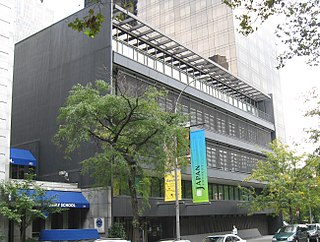 W
WThe International Federation of Cheerleading (IFC) was formed in 1998 and is a non-profit federation based in Tokyo, Japan.
 W
WThe Japan Shogi Association , or JSA, is the primary organizing body for professional shogi in Japan. The JSA sets the professional calendar, negotiates sponsorship and media promotion deals, helps organize tournaments and title matches, publishes shogi-related materials, supervises and trains apprentice professionals as well as many other activities.
 W
WJapan Society is a non-profit organization formed in 1907 to promote friendly relations between the United States and Japan. Its headquarters was designed by Junzo Yoshimura and opened in 1971 at 333 East 47th Street near the United Nations. With a focus on promoting "arts and culture, public policy, business, language, and education", the organization has regularly held events in its many facilities, including a library, art gallery, and theater, since its opening. After suspending all activities during World War II, Japan Society expanded under the leadership of John D. Rockefeller III.
 W
WThe Japan Society of the United Kingdom, founded in 1891, is an organisation that fosters British-Japanese relations. It is the oldest such organisation dedicated to inter-cultural understanding and positive relationships between a European Country and Japan. The society is also known as the Japan Society of London, or simply as The Japan Society.
 W
WThe Japan–British Society was founded in 1908 "to encourage the study of things British and to promote cordial relations between the peoples of Great Britain and Japan." It is the oldest bilateral organization in Japan, promoting international cooperation and exchanges.
 W
WThe Nihon Ukulele Association is a Japanese association for ukulele players. It was founded in 1959 by Yukihiko Haida, a Hawaiian-born nisei who moved to Japan at a young age.
 W
WTokiwayama Bunko (常盤山文庫) is a Japanese Foundation with an important collection of Japanese and Chinese art, in particular ceramics, calligraphic works, and paintings. Established by Tsûsai Sugawara in 1954, this includes two National Treasures, twenty-three Important Cultural Properties, and eighteen Important Art Objects. The foundation possesses one of the largest collections of bokuseki calligraphy, ceramics, and religious arts in Japan.